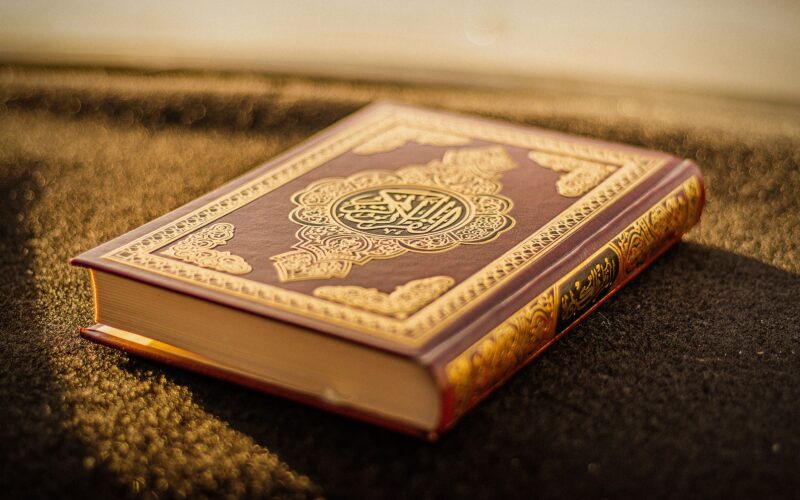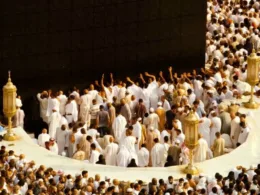The Quran is the last holy book of Islam revealed to the last Prophet Muhammad (SAWW). The most important thing is to recite the Quran carefully and adhere to the recitation rules unwaveringly.
It is important to recognize and carefully observe the corresponding stop and pause characters, the “waqf” characters. They provide valuable pointers as to when to pause, stop, or continue seamlessly while reading the Quran.
1. Mandatory Stop (مـ)
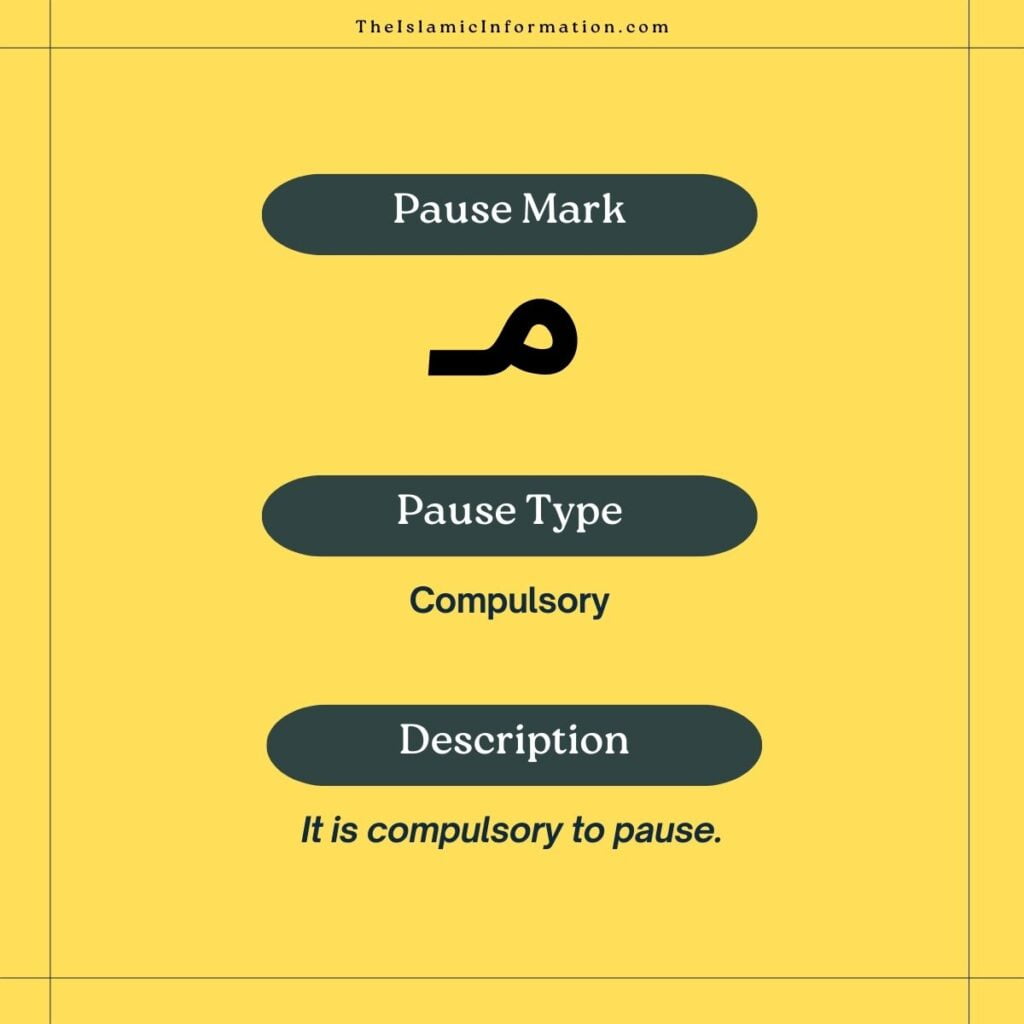
A Mandatory stop, indicated by the Waqf e Laazim symbol, means a compulsory break that requires extreme caution. Readers must stop exactly when this sign is encountered.
If this obligatory pause is not observed, the intended meaning of the verse is changed. The term “Lazim” emphasizes that stopping at this sign is essential to accurately convey the intended message.
2. Permissible Stops (ج)
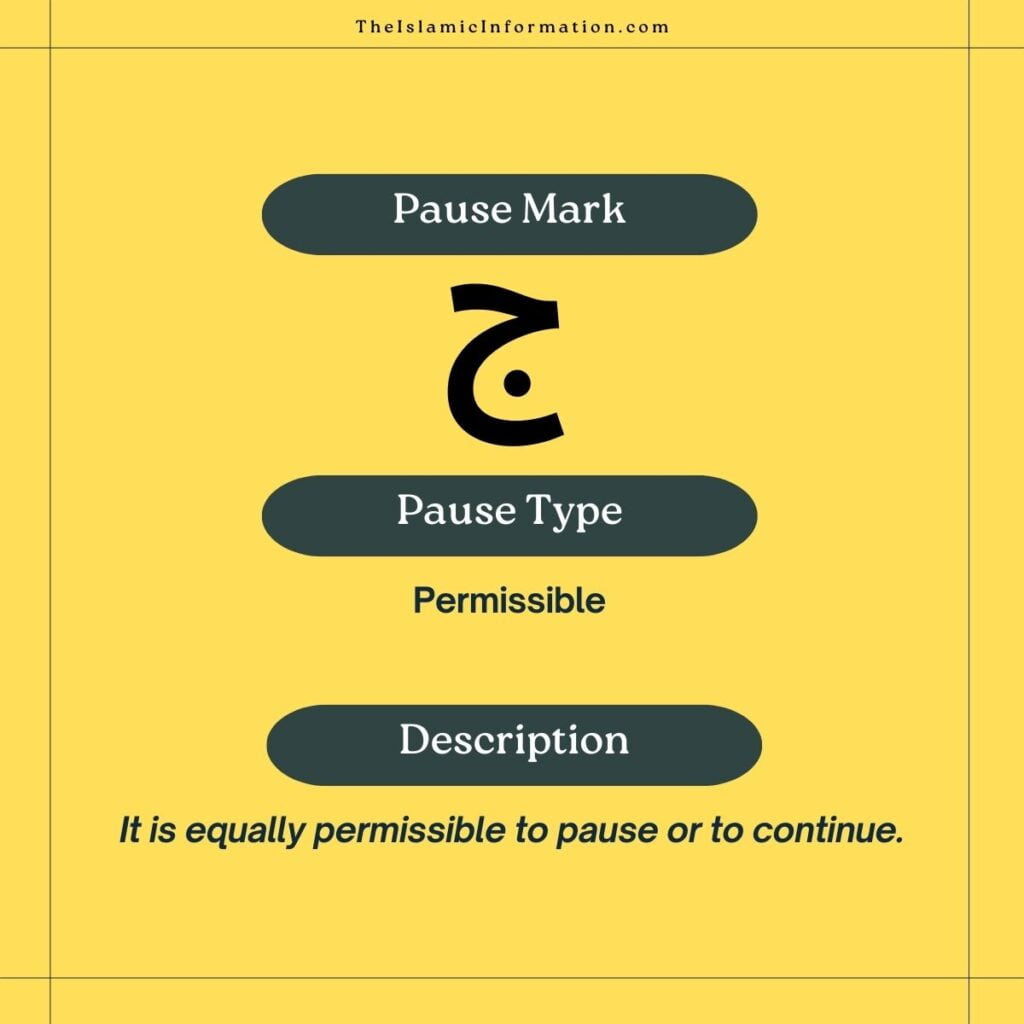
Known as “Waqf e Jaaiz” allows for the continuation of the verse. Although not required, it is recommended that you pause in front of this sign. This conscious pause allows the reader to process the meaning conveyed in the previous section of the verse and mentally prepare for the information to come.
3. Preferred Breaks (قلی)
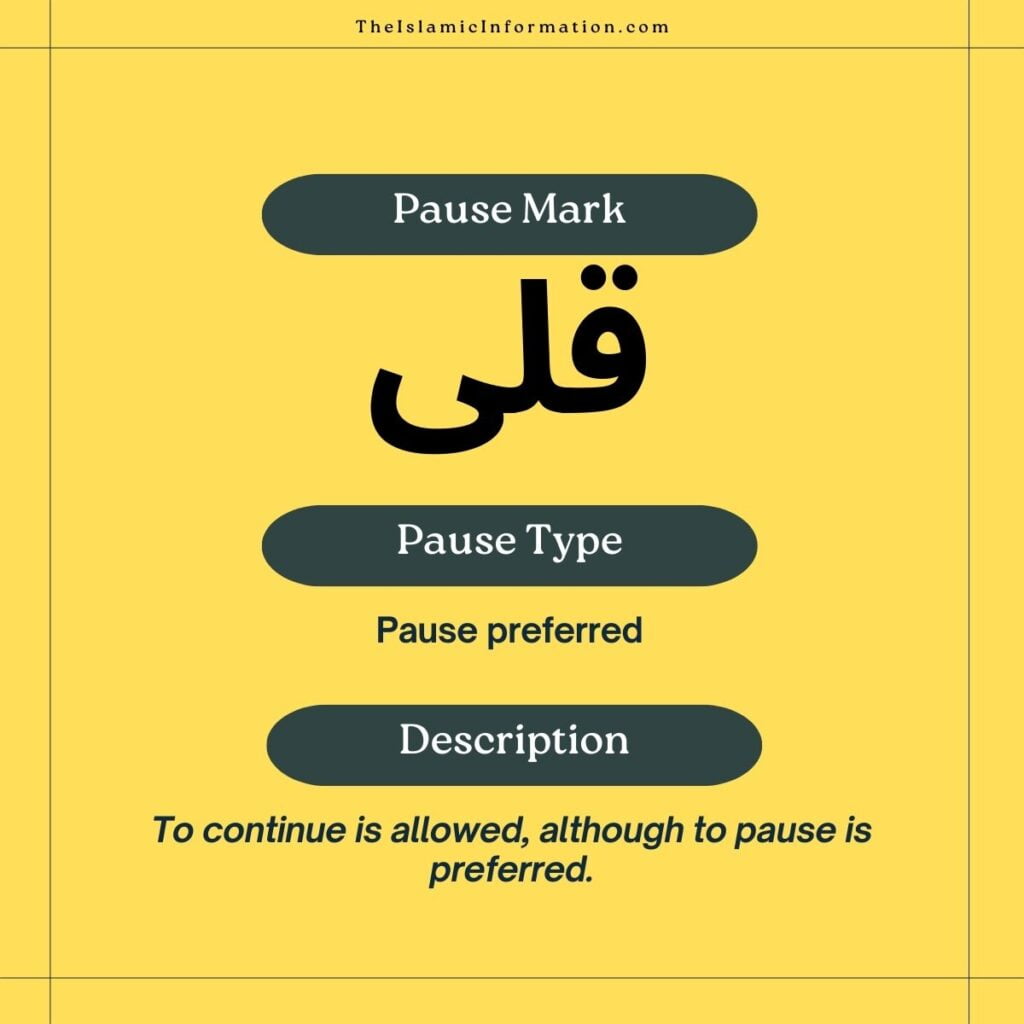
If the verse contains the letters “qaaf, laam, yaa“, it indicates the preferred pause. You may continue reading, but it is preferable to pause if possible. However, the reader may choose to pause if the context requires it. Called Waqf e Qaleel, this symbol encourages pauses that encourage comprehension and reflection.
4. Embracing Stop (∴)
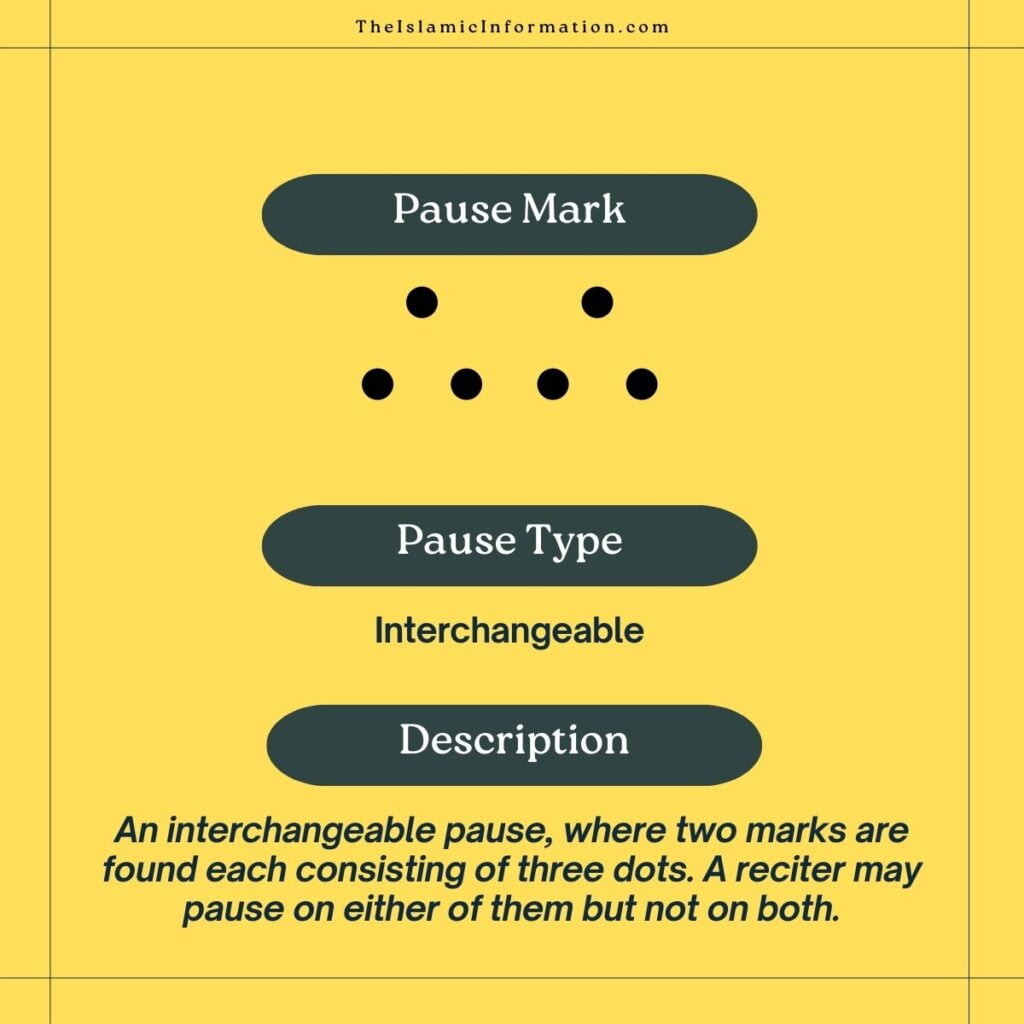
An Embracing stop, denoted by the “Mu’aanaqah” symbol, signifies a pause in which the reciter can pause at any of his three options offered.
5. Silence Sign (س)
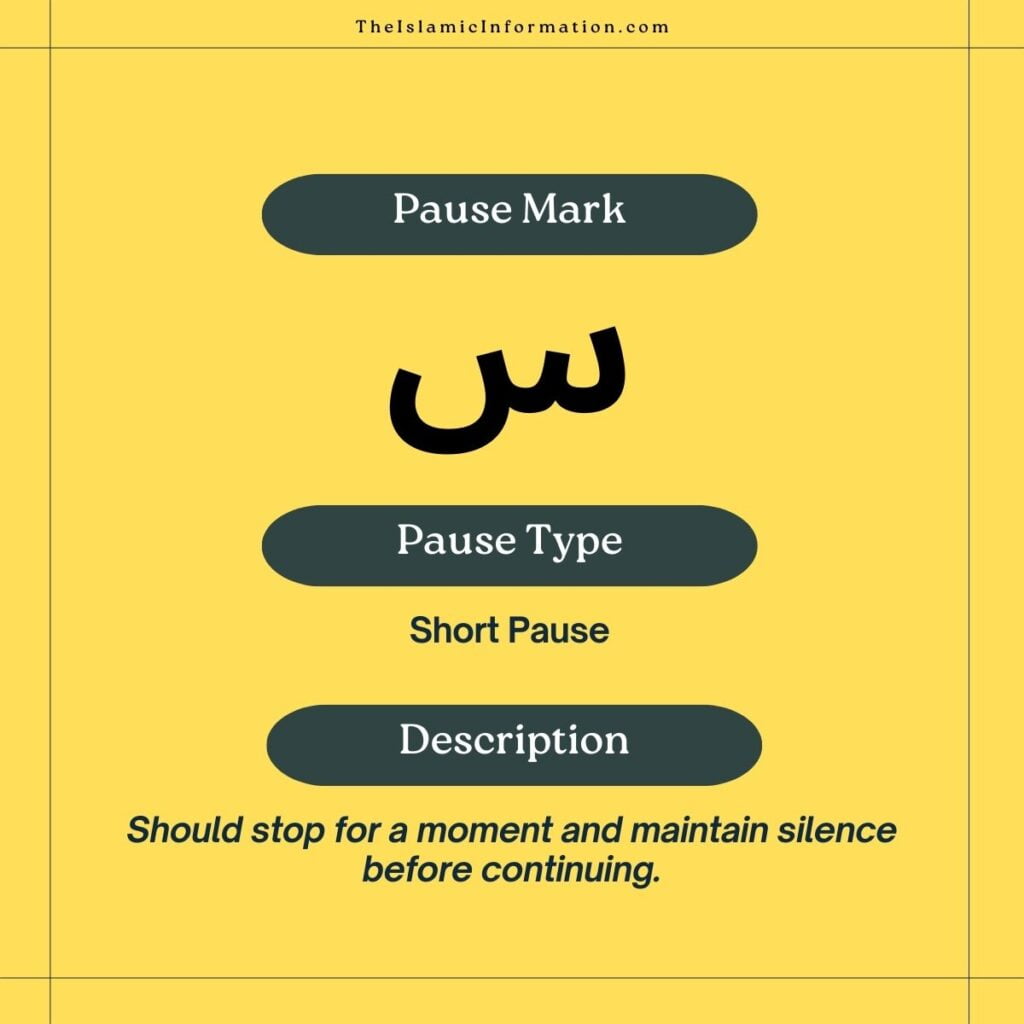
The symbol of silence symbolized by the “sakta” indicates a short pause without breathing. When the reader encounters this sign, he or she should stop for a moment and maintain silence before continuing.
6. Preferred Continuation (صلی)
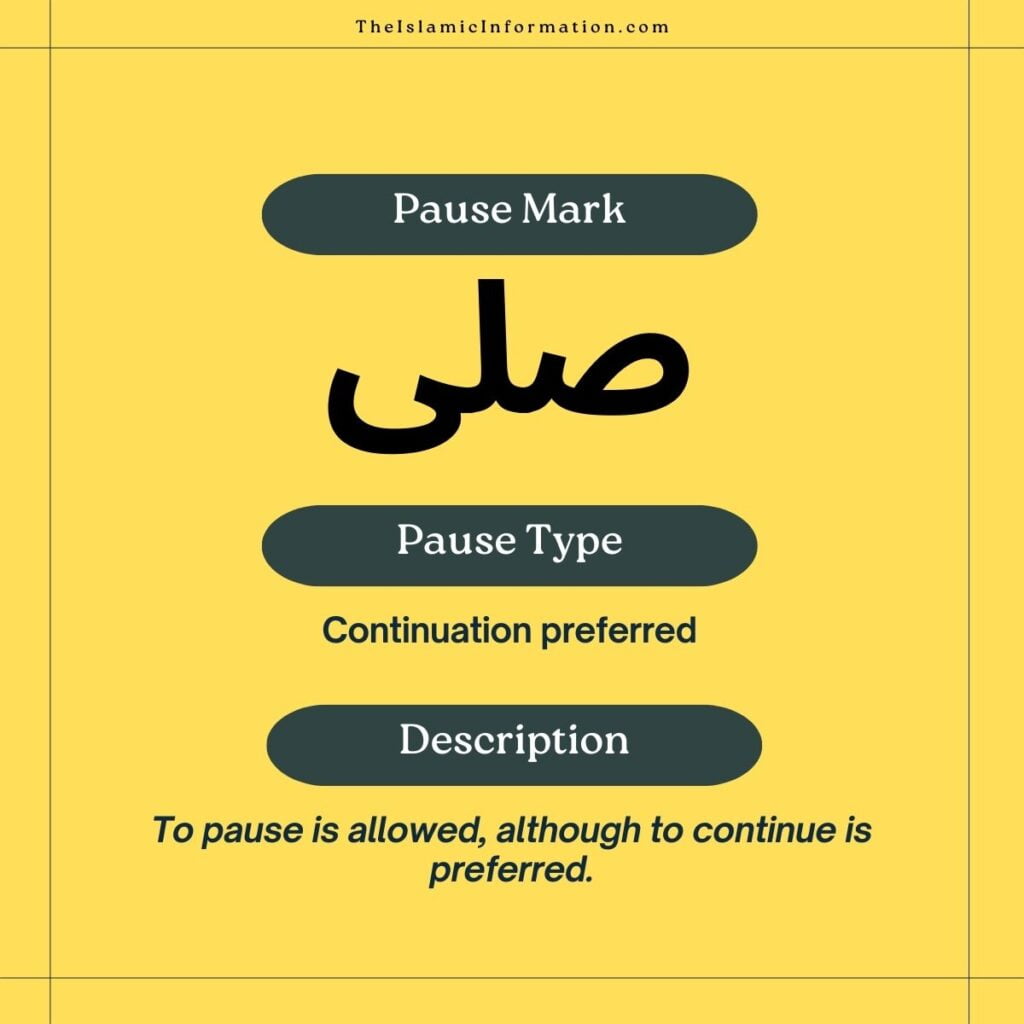
When the letter صلی appears, it means that you can pause but it is preferable to continue recitation. Unless there are unavoidable circumstances, there is no need to stop reading at this point.
7. Mandatory Continuation (لا)
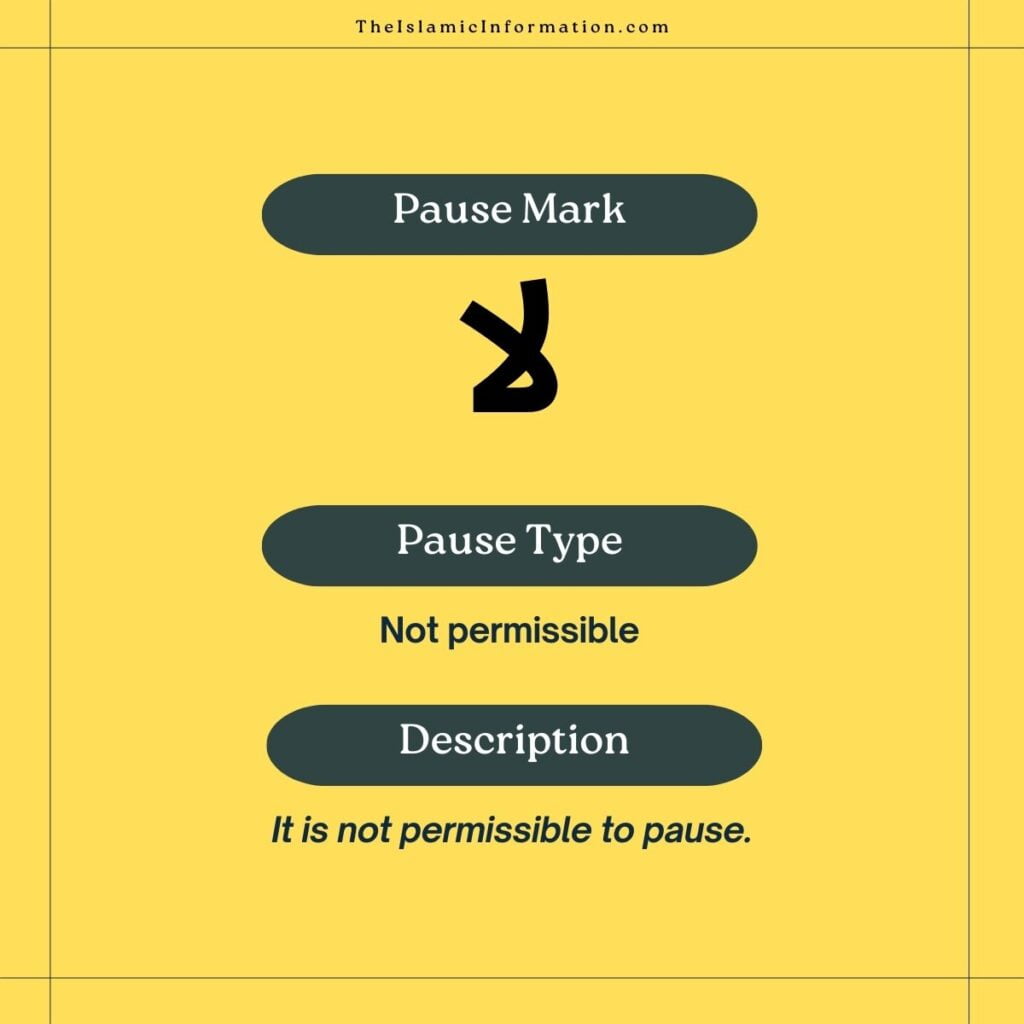
The symbol (لا)’ means mandatory continuation. It is important to continue recitation uninterrupted when this sign appears. Interrupting the reading at this point can greatly distort the intended meaning of the Quranic verse.
The exception, however, is when the word “(لا)” appears at the end of the ayah with a completion symbol.
Understanding and carefully following these stop and pause signs is important to recite the Quran accurately and effectively conveying its intended meaning. A devout Muslim who recites the Quran regularly pays close attention to these signs and strives to respect the sanctity of the verses by maintaining proper reading rhythm and flow.
The presence of stop and pause marks, called waqf symbols, in the Quran is very important for the recitation of the Quran. By following these signs carefully, you can accurately convey the intended meaning of the Quran while preserving its sacredness.
Subscribe to our channels on WhatsApp, Google News, Facebook and Instagram.Discover more from The Islamic Information
Subscribe to get the latest posts sent to your email.





